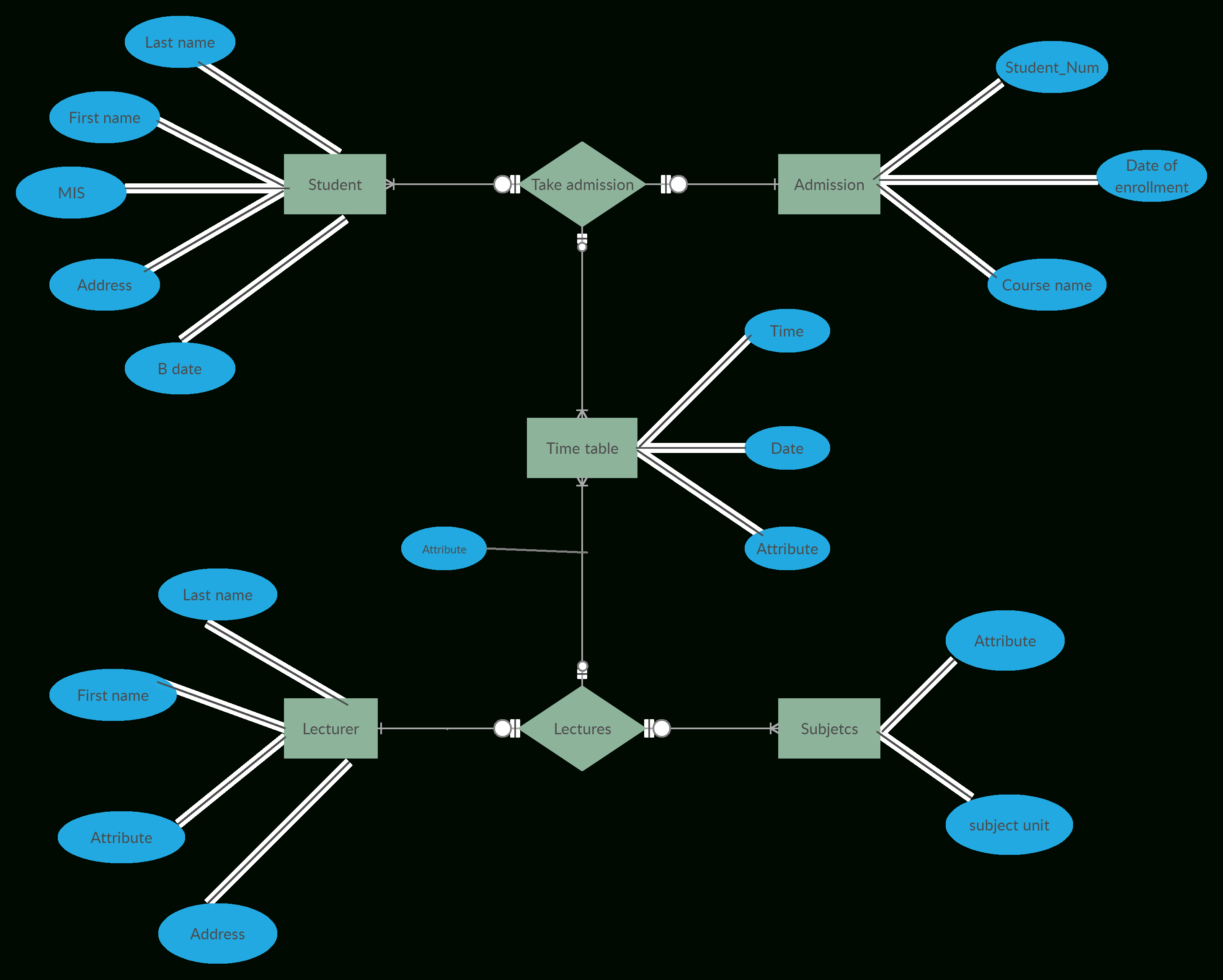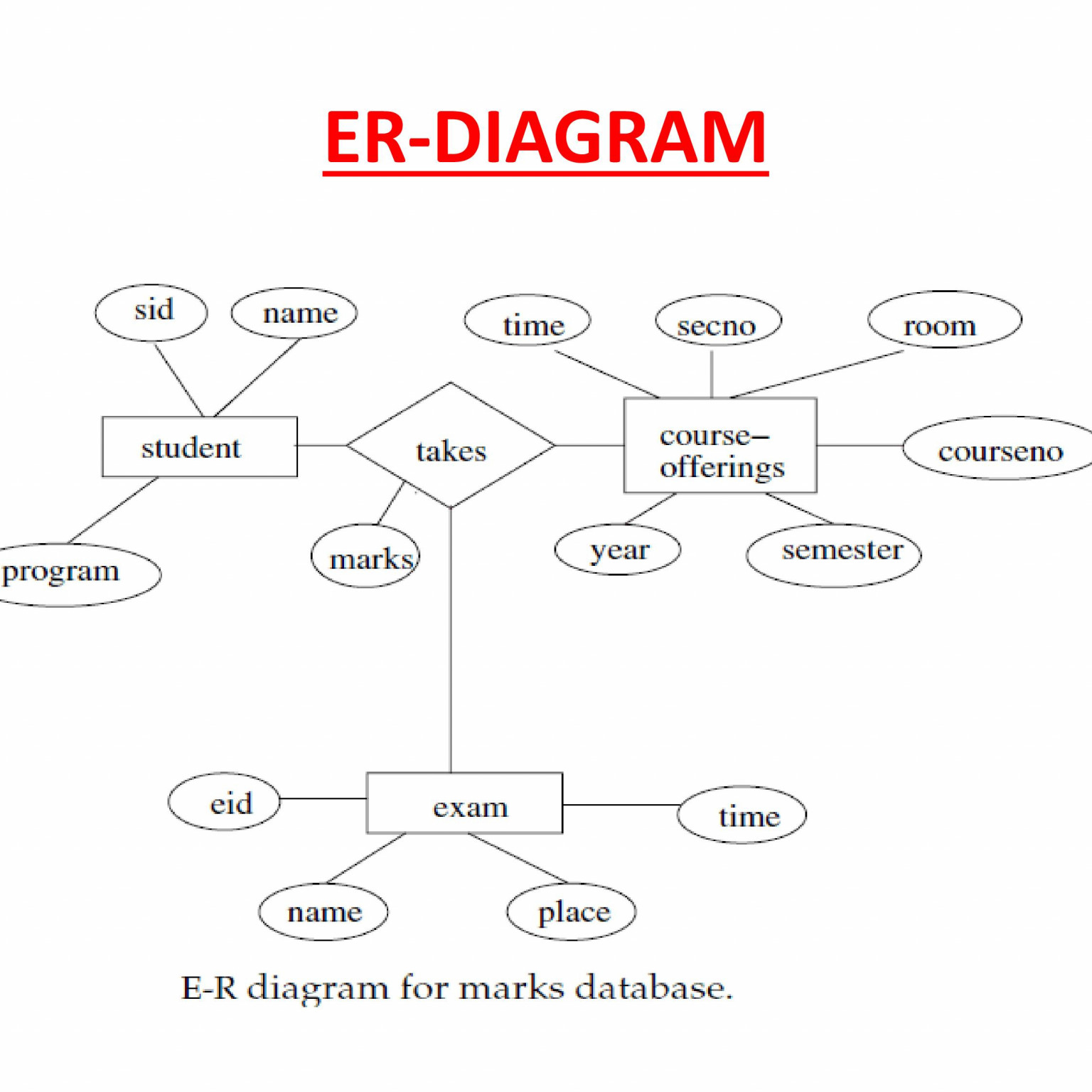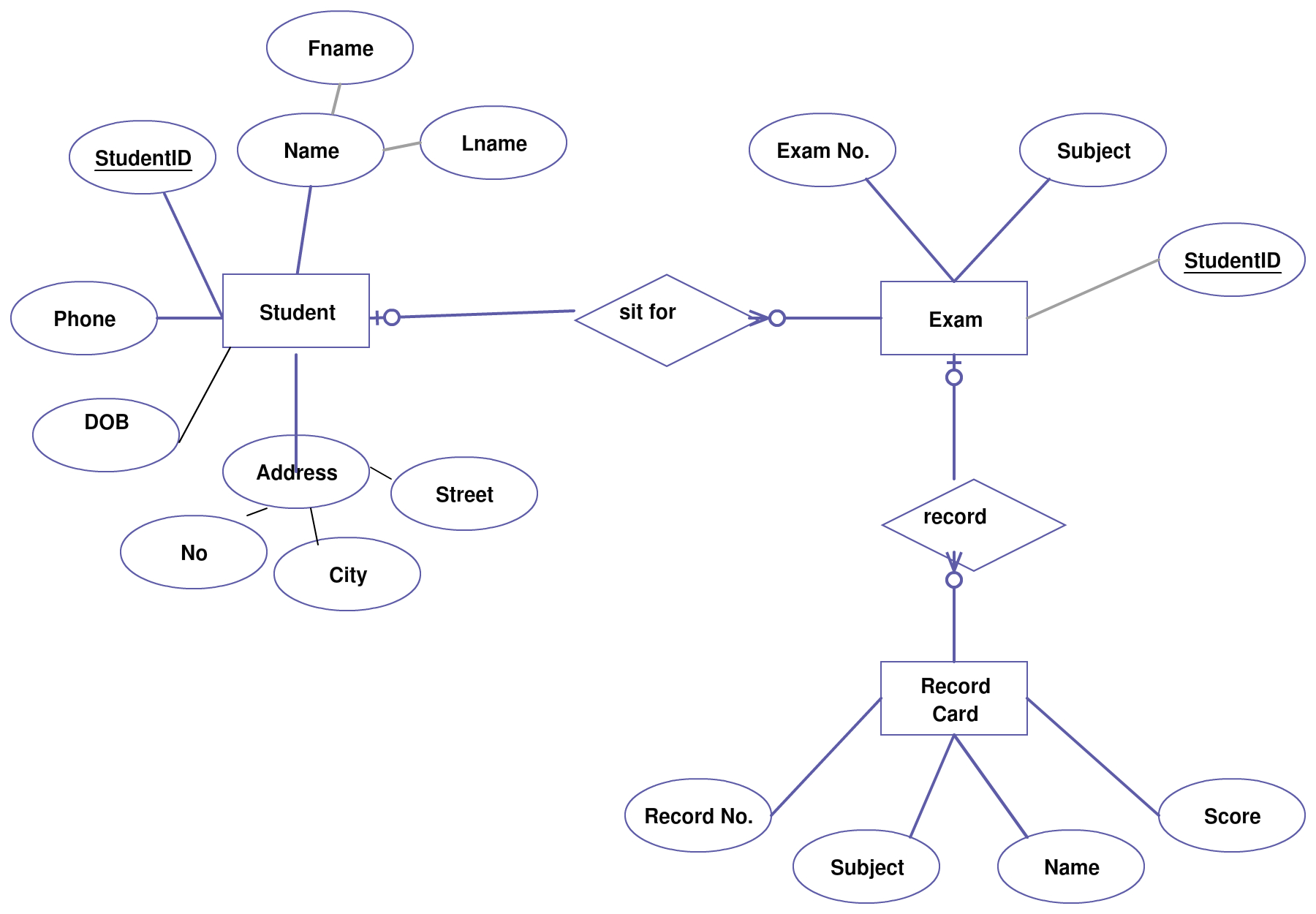In the realm of linguistics, er language emerges as a captivating subject, beckoning us to delve into its rich tapestry of historical origins, grammatical intricacies, cultural influences, and modern manifestations. This comprehensive analysis aims to unravel the enigmatic world of er language, providing a thorough understanding of its etymology, structure, social context, and multifaceted usage.
As we embark on this linguistic journey, we will uncover the etymological roots of er language, tracing its evolution through time. We will delve into its unique grammatical features, exploring its word formation, sentence construction, and the interplay of its parts of speech.
Historical Origins of ‘er’ Language
The ‘er’ language, also known as ‘Cockney rhyming slang’, is a form of slang that originated in the working-class communities of London, England, in the 19th century. It is characterized by the use of rhyming words or phrases to replace standard English words or phrases.
For example, ‘apples and pears’ is used to mean ‘stairs’, ‘butcher’s hook’ means ‘look’, and ‘trouble and strife’ means ‘wife’.The origins of ‘er’ language are not entirely clear, but it is thought to have developed as a way for people to communicate in a way that was not easily understood by outsiders.
This may have been useful for a variety of reasons, such as avoiding detection by the authorities or simply keeping conversations private. Over time, ‘er’ language became a popular form of slang among the working class in London, and it is still used today by some people.
Early Usage and Evolution
The earliest known examples of ‘er’ language date back to the early 19th century. These examples are mostly found in written form, such as in letters and diaries. However, it is likely that ‘er’ language was used orally for some time before it was written down.Over
time, ‘er’ language has evolved and changed. Some words and phrases have fallen out of use, while new ones have been added. The language has also spread to other parts of the world, including the United States and Australia.Today, ‘er’ language is still used by some people in London, although it is not as common as it once was.
It is also used by some people in other parts of the world, including the United States and Australia. ‘Er’ language is a unique and fascinating part of English slang, and it continues to be used by people today.
Grammatical Features of ‘er’ Language

The ‘er’ language, with its unique grammatical structures and syntax, has fascinated linguists and language enthusiasts alike. Its word formation, sentence construction, and parts of speech exhibit distinct characteristics that set it apart from other languages.
Word Formation
In ‘er’ language, words are primarily formed through the addition of suffixes to roots. These suffixes indicate the grammatical function of the word, such as its tense, aspect, or part of speech. For instance, the suffix “-er” is used to create nouns, while “-ing” is used to form present participles.
Sentence Construction
‘Er’ language sentences typically follow a subject-verb-object (SVO) structure. However, the order of these elements can be flexible depending on the context. Additionally, ‘er’ language makes use of auxiliary verbs to express tense, aspect, and modality.
Parts of Speech
The ‘er’ language has a relatively small inventory of parts of speech, including nouns, verbs, adjectives, adverbs, and prepositions. Nouns are often unmarked, while verbs are typically inflected for tense, aspect, and person. Adjectives and adverbs modify nouns and verbs, respectively.
Prepositions indicate the spatial or temporal relationship between words.Examples:
-
-*Nouns
booker (book), doer (person)
-*Verbs
make-er (make), see-er (see)
-*Adjectives
big-er (big), small-er (small)
-*Adverbs
quick-ly (quickly), slow-ly (slowly)
-*Prepositions
on-er (on), in-er (in)
Cultural and Social Context of ‘er’ Language
The development of the ‘er’ language has been influenced by various cultural and social factors. One significant factor is the strong sense of community and shared identity among its speakers. The ‘er’ language serves as a way for individuals to connect with one another and express their unique cultural experiences.
The ‘er’ language is particularly prevalent in urban areas, where it has become a symbol of youth culture and resistance against mainstream norms. It is often used by young people to express their individuality and creativity, as well as to challenge traditional forms of communication.
Role of ‘er’ Language in Specific Communities and Subcultures
The ‘er’ language has gained significant popularity in certain communities and subcultures. For example, it is widely used in the hip-hop community, where it is employed to create a sense of solidarity and shared identity. It is also common in the skateboarding and surfing communities, where it is used to express a sense of freedom and rebellion.
The ‘er’ language has also been adopted by various social movements, such as the LGBTQ+ community and the environmental movement. In these contexts, it is used as a way to challenge societal norms and express marginalized voices.
Modern Usage and Variations of ‘er’ Language
In contemporary times, the ‘er’ language continues to be employed in various contexts. It is commonly used in informal settings, particularly among youth and subcultures.
Dialects and Variations
The ‘er’ language has evolved into a diverse array of dialects and variations. These variations are influenced by geographical location, social group, and individual style.
- Cockney:Originating in London, Cockney is characterized by its distinctive pronunciation and slang terms.
- Estuary English:Spoken in the Thames Estuary region, Estuary English exhibits a blend of Cockney and Standard English.
- Scouse:The dialect of Liverpool, Scouse is known for its unique intonation and vocabulary.
Examples of ‘er’ Language in Literature and Media
‘Er’ language has found its way into various forms of literature and media, serving different purposes and adding unique flavor to characters and narratives.
Literature
- In George Bernard Shaw’s play “Pygmalion,” Eliza Doolittle’s use of ‘er’ language reflects her working-class background and serves as a marker of her social status.
- In J.R.R. Tolkien’s “The Lord of the Rings,” the hobbits’ use of ‘er’ language adds a sense of rustic charm and camaraderie to their characters.
- In Toni Morrison’s novel “Beloved,” the use of ‘er’ language by the enslaved characters captures the complexities of their experiences and the power dynamics of the antebellum South.
Music
- In the Beatles’ song “A Hard Day’s Night,” the use of ‘er’ language adds a colloquial touch and reflects the band’s working-class roots.
- In Bob Dylan’s song “Like a Rolling Stone,” the use of ‘er’ language conveys a sense of weariness and alienation.
- In Amy Winehouse’s song “Rehab,” the use of ‘er’ language adds authenticity to her portrayal of a troubled character.
Film
- In the film “My Fair Lady,” Eliza Doolittle’s transformation from a flower girl to a lady is marked by her gradual abandonment of ‘er’ language.
- In the film “Trainspotting,” the use of ‘er’ language by the characters reflects their drug-fueled lifestyle and sense of hopelessness.
- In the film “The Full Monty,” the use of ‘er’ language adds humor and camaraderie to the story of unemployed steelworkers who decide to become strippers.
Analysis
The use of ‘er’ language in literature and media serves various purposes. It can be used for characterization, adding depth and authenticity to characters by reflecting their social background and personality traits. ‘Er’ language can also be used for humor, creating comedic moments through its informal and colloquial nature.
Furthermore, ‘er’ language can be used for social commentary, highlighting class differences and social inequalities by showcasing the way language can be used as a marker of status and power.
Sociolinguistic Implications of ‘er’ Language

The use of ‘er’ language carries significant sociolinguistic implications, reflecting social class, gender, and identity.
In many societies, ‘er’ language is associated with lower socioeconomic status. Individuals who use ‘er’ language may be perceived as less educated or refined, and may face discrimination or prejudice as a result.
Gender and Identity, Er language
The use of ‘er’ language is also often associated with gender. In some cultures, ‘er’ language is seen as a masculine form of speech, and women who use ‘er’ language may be perceived as unfeminine or aggressive.
However, in other cultures, ‘er’ language is used by both men and women, and does not carry any particular gendered connotations.
Outcome Summary: Er Language

In conclusion, er language stands as a testament to the dynamic nature of language, shaped by historical, cultural, and social forces. Its grammatical idiosyncrasies, sociolinguistic implications, and modern variations paint a vibrant picture of a language that continues to evolve and captivate.
Through this exploration, we have gained a deeper appreciation for the complexity and richness of er language, recognizing its significance in shaping cultural identities and social interactions. As we continue to engage with this linguistic phenomenon, we are reminded of the power of language to reflect and influence the world around us.
Questions and Answers
What is the origin of er language?
Er language has its roots in various historical and regional influences, including Old English, Middle English, and specific dialects spoken in different parts of the world.
How is er language used in modern contexts?
Er language continues to be used in various forms, including colloquial speech, literature, music, and social media. It often serves to express informality, familiarity, and a sense of belonging within specific communities or subcultures.
What are the sociolinguistic implications of er language use?
The use of er language can reflect social class, gender, and identity. It can be associated with perceptions of informality, solidarity, and a shared sense of community among speakers.